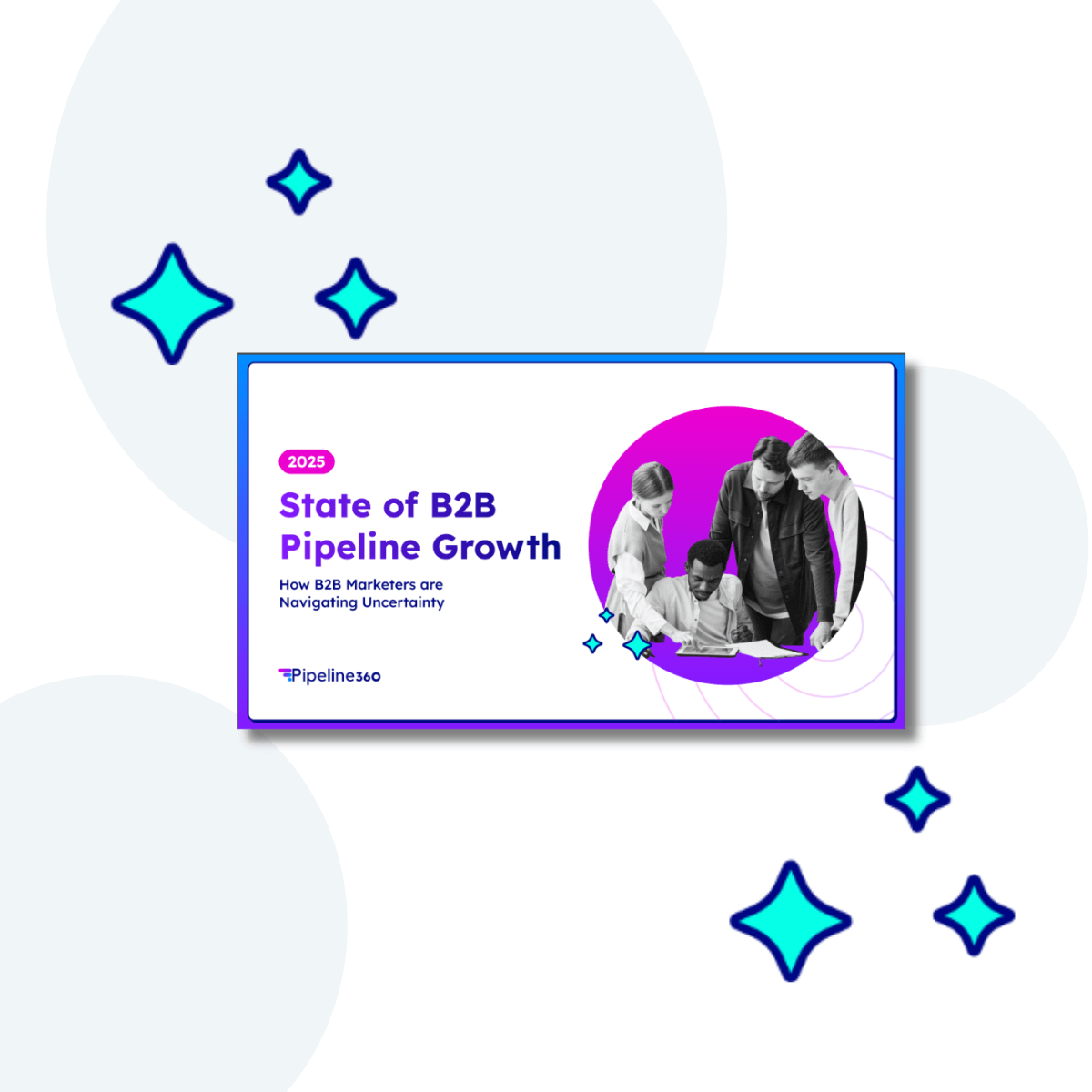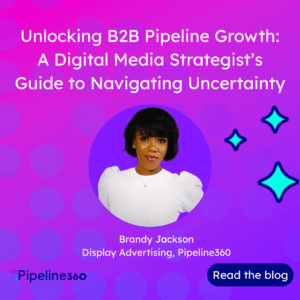Over the last 18 months, the signal has been clear — and getting louder: Pipeline creation and management is no longer just a marketing or sales priority. It’s become the business imperative.
Why? Because every function in a modern B2B company now rides on one thing: predictable revenue. And predictable revenue starts — and ends — with a healthy pipeline.
But here’s the hard truth: The old playbook is broken.
- Marketing budgets are being cut — yet pipeline goals keep growing. 63% of organizations report stagnant or shrinking marketing budgets (Pipeline360 2025 State of B2B Pipeline Growth).
- The average B2B deal involves 6–10 decision-makers (Gartner) — making traditional lead gen painfully inefficient.
- And while 70% of marketers say they’re “measured by pipeline,” most lack a clear strategy to actually build and manage it.
We’re watching the collapse of the linear “lead > MQL > SQL” handoff model. In its place, the market is demanding something new: pipeline-as-a-discipline. Not just a metric. Not just a phase. But a new operating system for go-to-market teams.
Why This Is Happening Now
1. Buyer behavior has changed permanently.
- 83% of the B2B buying process happens before speaking with sales (Forrester).
- Buyers expect personalized, relevant, frictionless experiences — not follow-up forms.
- 74% of marketers report longer sales cycles with 41% experiencing increases of 2-6 months (Pipeline360 2025 State of B2B Pipeline Growth).
2. Revenue teams are under pressure.
- Growth targets are rising, but efficiency is the new mandate.
- CMOs and CROs must work together like never before — and pipeline is the shared language.
3. The Martech glut didn’t solve the problem.
- With 15,000+ Martech tools, marketers are drowning in software but starving for outcomes.
- Companies want outcomes — not more tools or tech. 70% of B2B marketers favor actionable support and insights over additional tools (Pipeline360 2025 State of B2B Pipeline Growth).
What CMOs, Marketing Teams, Agencies and Business Leaders Must Do Now
1. Operationalize pipeline creation.
- Treat it as a core business system, not a byproduct of campaigns.
- Align Sales, Marketing, and Customer Experience around shared pipeline stages and metrics.
2. Shift from platform thinking to outcome thinking.
- Stop asking “what tool do we need?”
- Start asking “what will drive the next $1M of pipeline?”
3. Build for the entire buying committee.
- Don’t just target leads — target decision dynamics.
- Content, messaging, and engagement must map to the entire journey, not a single persona.
4. Invest in incremental learning loops.
- Replace quarterly campaign planning with real-time insights and weekly iteration.
- Use feedback from pipeline performance to shape everything — from GTM to product positioning.
5. Leverage partners that deliver outcomes, not overhead.
- The new generation of demand partners (like Pipeline360) are built to deliver pipeline, not “leads.”
- Think of it as Demand-as-a-Service — agile, data-driven, and built for results.
At Pipeline360, we believe the companies that master pipeline creation and management will define the next era of B2B growth. This isn’t just a shift in tactics. It’s a shift in mindset. Pipeline is no longer the result of good marketing. It is the business strategy.
Let’s build it together.






